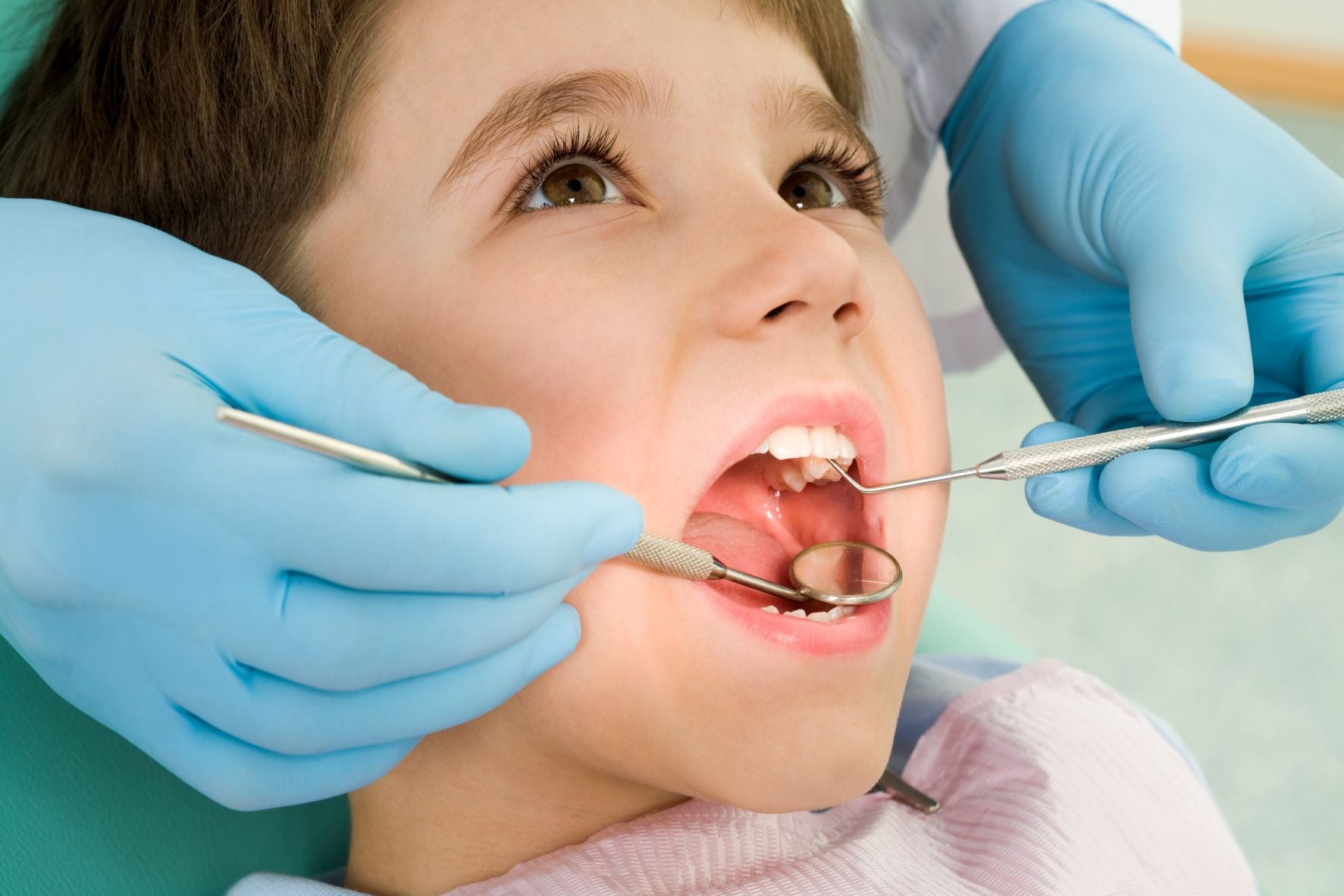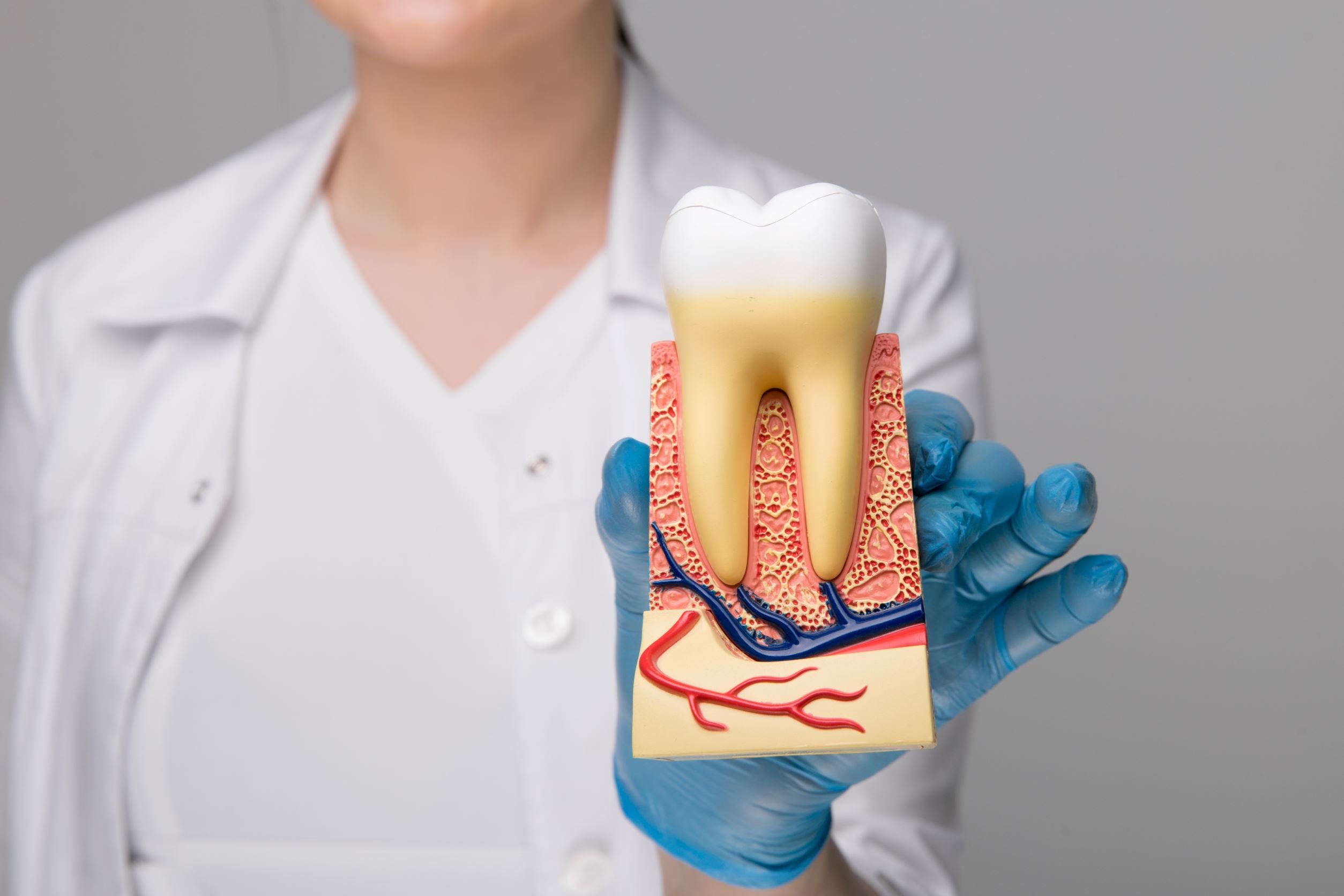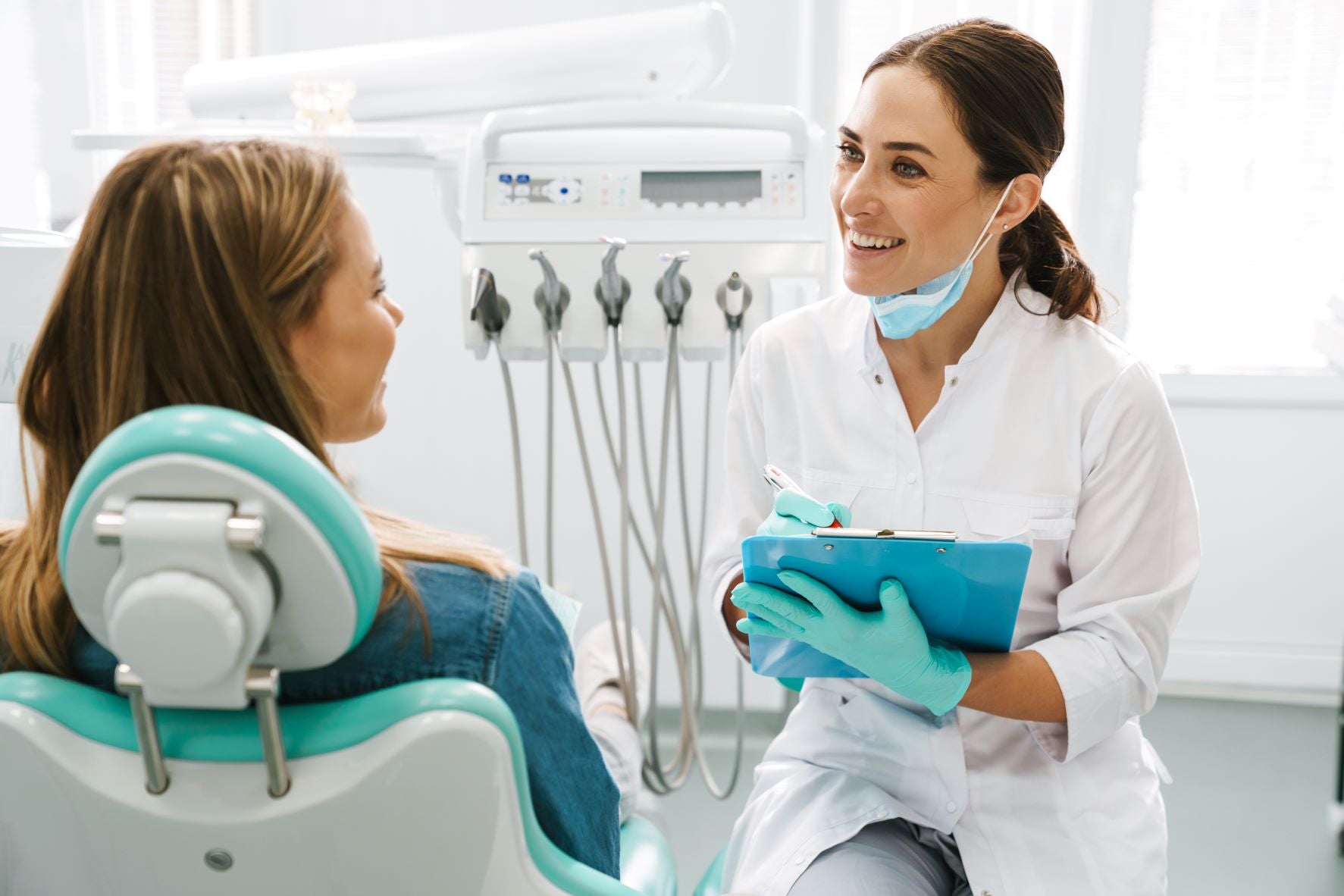- All posts
- 8 Media Venture
- althetics
- aMMP8
- Annimari Korte
- Antibiotic resistance
- Apotek Härtat
- Aqua Dental
- athlete
- Award
- Baltics
- Bonnier
- Bonnier News
- Brain health
- Business
- Cancer
- cardiovascular disease
- caries
- Chemo therapy
- children
- collaboration agreement
- Croatia
- Denmark
- Denta
- Dental erosion
- Dentex
- diabetes
- Dual Light
- Duodecim
- EFP
- EFR
- Estonia
- EuroPerio
- event
- Expodental
- FIBO
- fund raising
- general health
- Gingivitis
- Gum disease
- HAP
- HealthHub Pharma
- HIDES
- Hospital infections
- hospital-acquired pneumonia
- IBD
- Iceland
- IDS COLOGNE
- implantology
- invest
- investment
- italy
- Koite Health
- Latvia
- Lithuania
- lumoral
- Lumoral App
- Lumoral Junior
- Maritime industry
- Media
- MegaGen
- Movie
- News
- Nordic markets
- Nordics
- O
- Olympics
- Oral health
- Oral hygiene
- Oral mucositis
- Patent
- PDT
- peri-implantitis
- Perio Master Clinic
- Periodontitis
- periodontology
- Photodynamic therapy
- Press
- Ranking
- Romania
- Scandinavian Society of Periodontology
- Science
- Seafarer
- Seedtable
- share issue
- Shareissue
- Siblings movie
- Spain
- spots
- Stroke
- Study
- sweden
- Tartar
- techtour
- Thailand
- UK
- United States
- Valentine's Day
- WHO
- World Cancer Day
- World Health Day
- World Heart Day
- world oral health day
- World Smile Day

The Oral Health Foundation calls for urgent action after a new report by the Office for Health Improvement and Disparities highlights a “catastrophic rise in childhood tooth extractions”. Figures r...

Severe Dental Problems in Children on the Rise: Finnish Innovation Keeps Tooth Decay at Bay
According to Swedish researchers, up to 20% of children have a particularly virulent strain of Streptococcus mutans (S. mutans) in their mouths, which has a greater-than-usual ability to cause seve...

Pets bring balance to a top athlete’s everyday life
For a top athlete, sport is the number one thing in life – everything else is on its terms. Annimari Korte's days consist almost entirely of training, eating, and resting. Her two Siberian Huskies ...

Study identifies potential link between oral bacteria and brain abscesses
A study led by researchers from the University of Plymouth and University Hospitals Plymouth NHS Trust in the UK shows that bacteria known to cause oral infections may also be a contributory factor...

Strong link found between tooth loss and inflammatory bowel disease
Inflammatory bowel disease is linked to an increased risk of periodontitis, i.e. periodontal disease. This is according to new publications from a European research project that explored the link b...